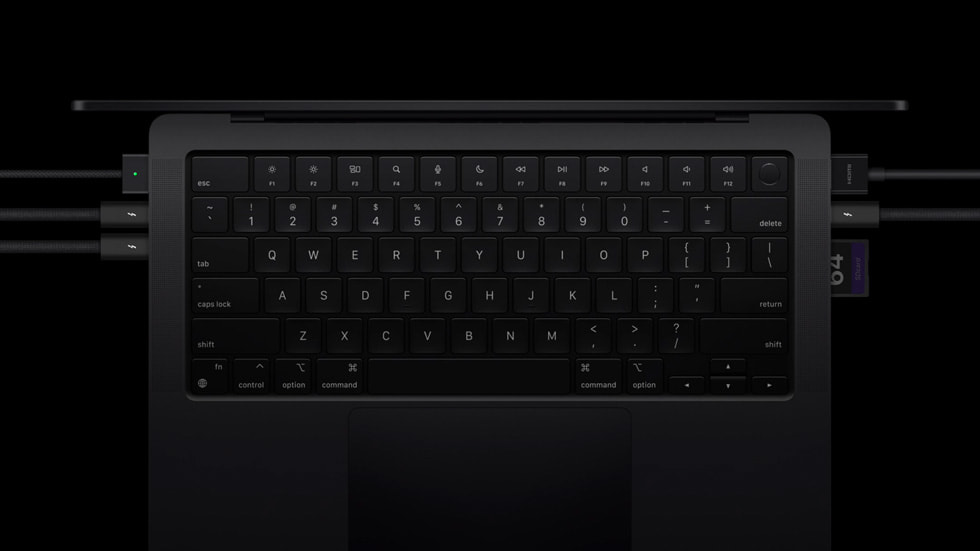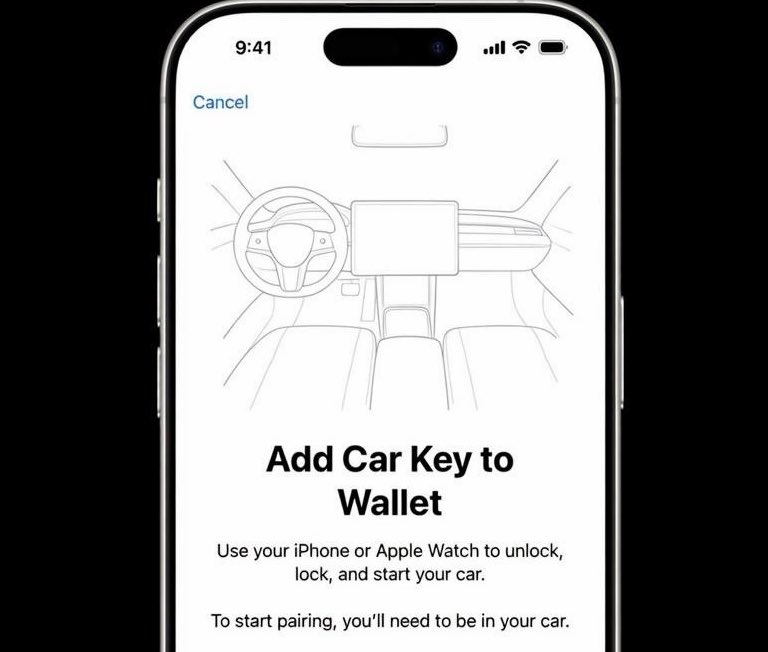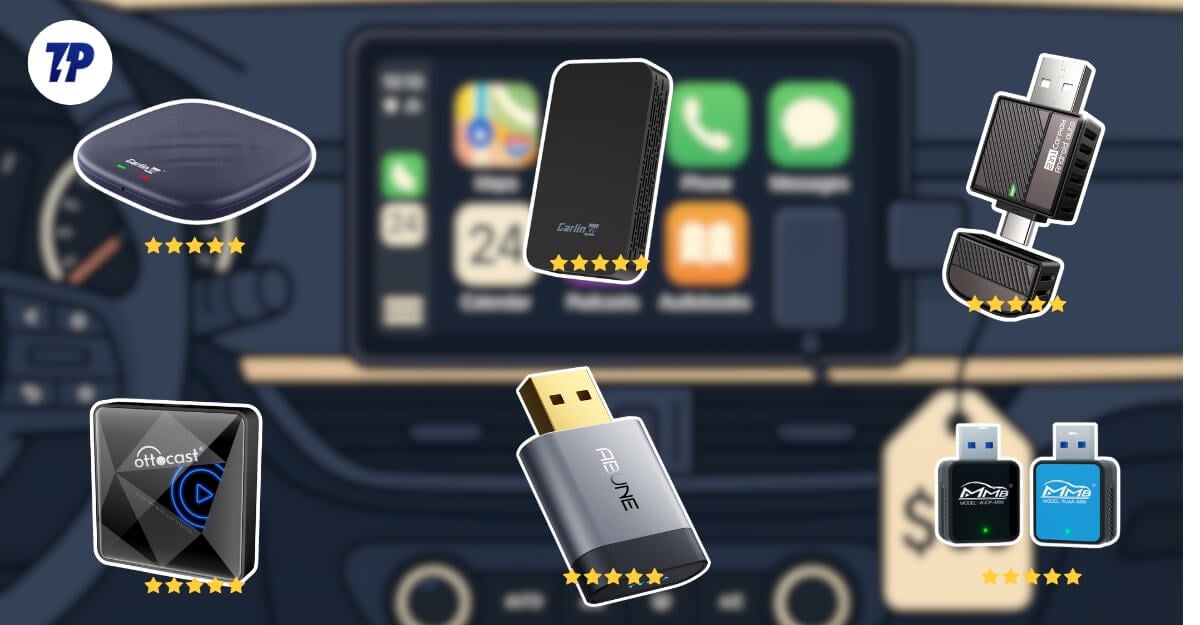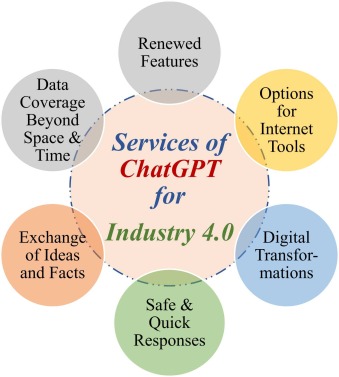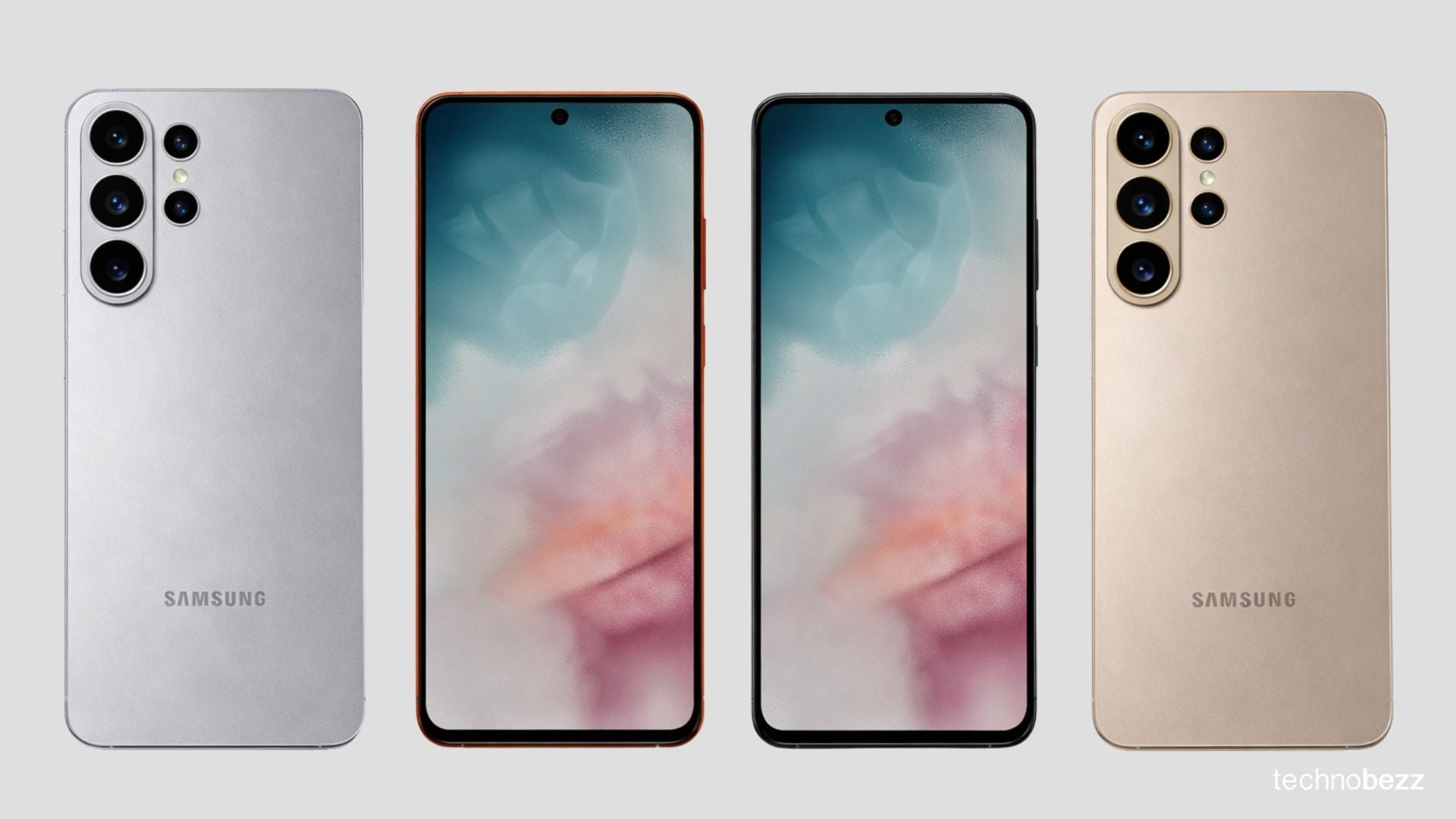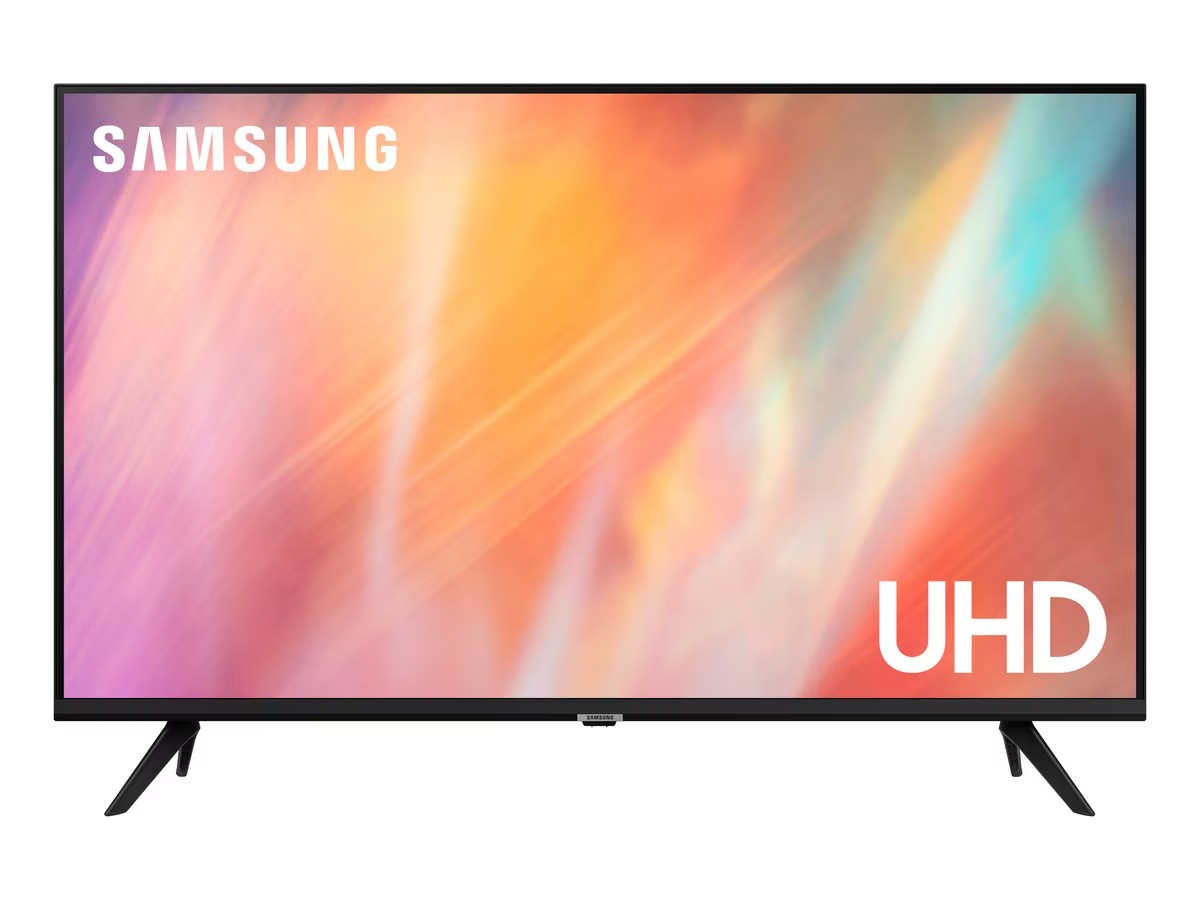Anticipated Release of Three New MacBooks in Early 2024: Information Unveiled
We are on the verge of a new year, bringing with it several anticipated new MacBooks set to launch in early 2026. Here’s what to expect.
## #1: M5 MacBook Air
Apple’s most popular Mac is set for an update in early 2026. The upcoming MacBook Air will feature the M5 chip, but details beyond that remain limited.
The M5 MacBook Air is anticipated to retain the design of the M4 model, available in both 13-inch and 15-inch sizes. A new color may replace sky blue, alongside various minor improvements.
This year, the M4 model launched in early March, and we expect a similar February-March window for the new version.
## #2: MacBook Pro with M5 Pro and M5 Max
The M5 MacBook Pro has just launched, but only the 14-inch version is available, without Pro or Max chip options.
Shortly after the start of 2026, Apple is expected to introduce more advanced 14-inch and 16-inch MacBook Pro models featuring enhanced M5 Pro and M5 Max chips. As with the existing M5 model, the chip will represent the primary upgrade, with improved SSD performance and increased memory bandwidth also anticipated.
If you’re considering a new MacBook Pro, be aware that Apple has a fully redesigned model in development featuring the M6, potentially arriving by the end of 2026.
## #3: Completely new 12.9-inch MacBook
Earlier this year, the M4 MacBook Air reduced its entry price to $999, becoming one of Apple’s most cost-effective offerings.
However, in early 2026, Apple is preparing to launch an even more affordable Mac model, likely named simply ‘MacBook.’ This ‘MacBook’ is rumored to have:
– 12.9-inch display
– A18 Pro chip
– Color options may include silver, blue, pink, and yellow
– Pricing around $599 or $699
Although the Mac is a well-established platform, Apple recognizes that many iPhone users still choose PCs or Chromebooks over Macs. Perhaps this low-cost MacBook will shift that trend.
Which of these new MacBook products are you most looking forward to? Share your thoughts in the comments.
### Best MacBook deals and accessories
Read More